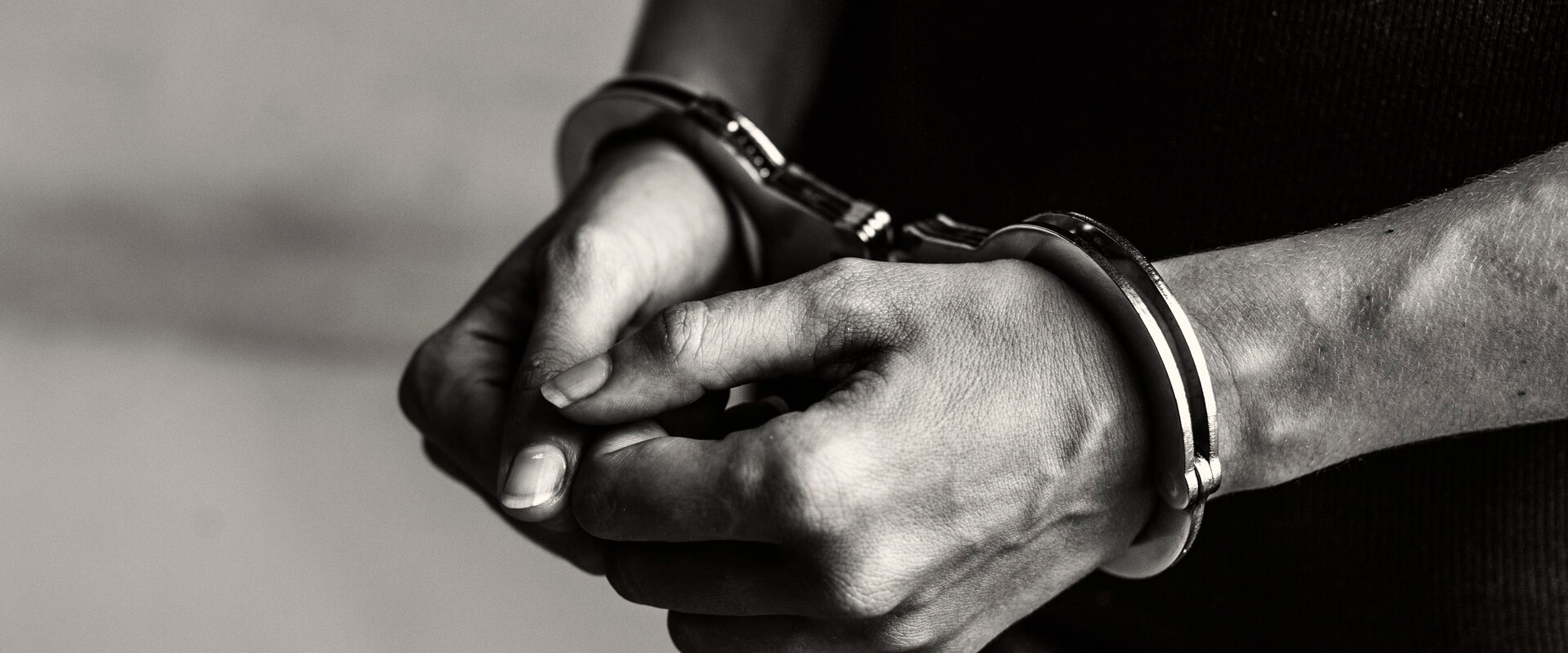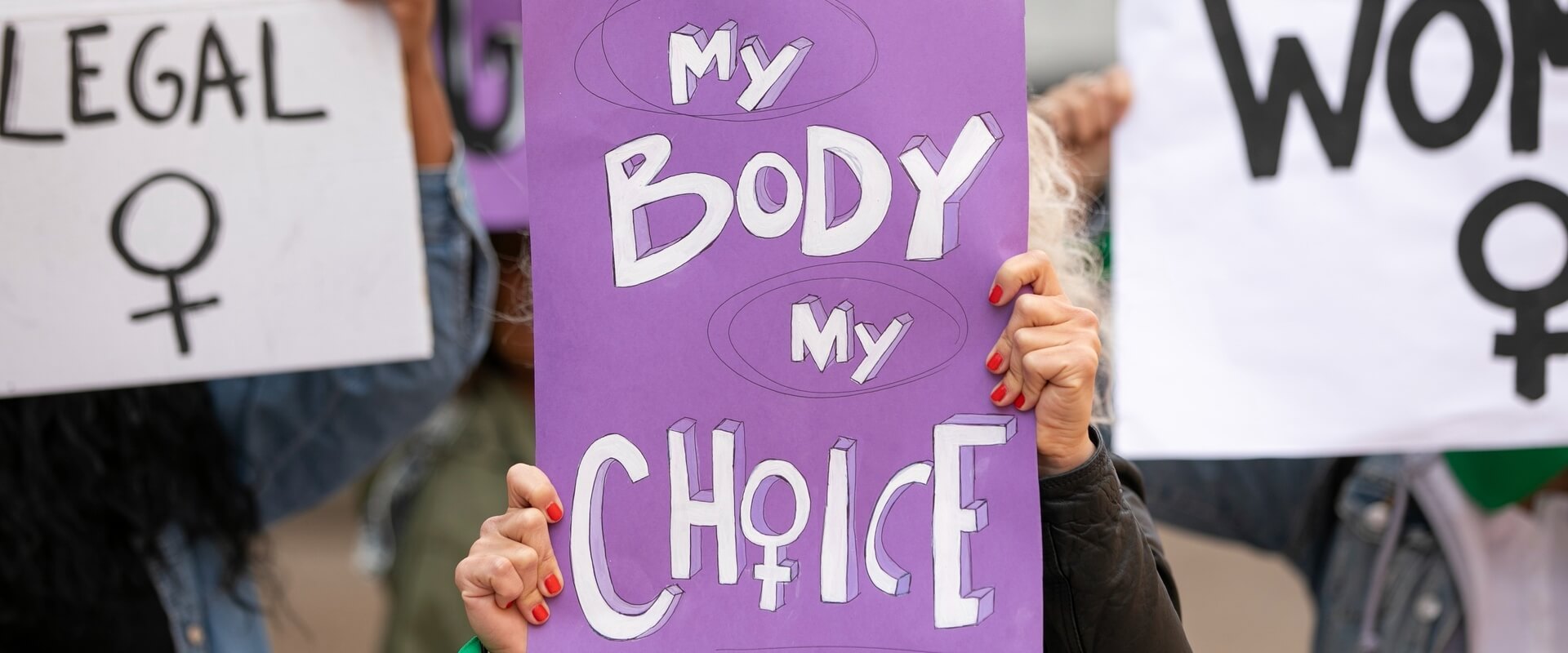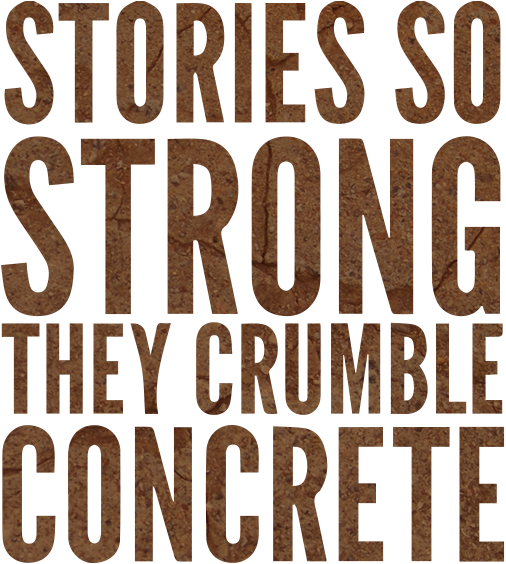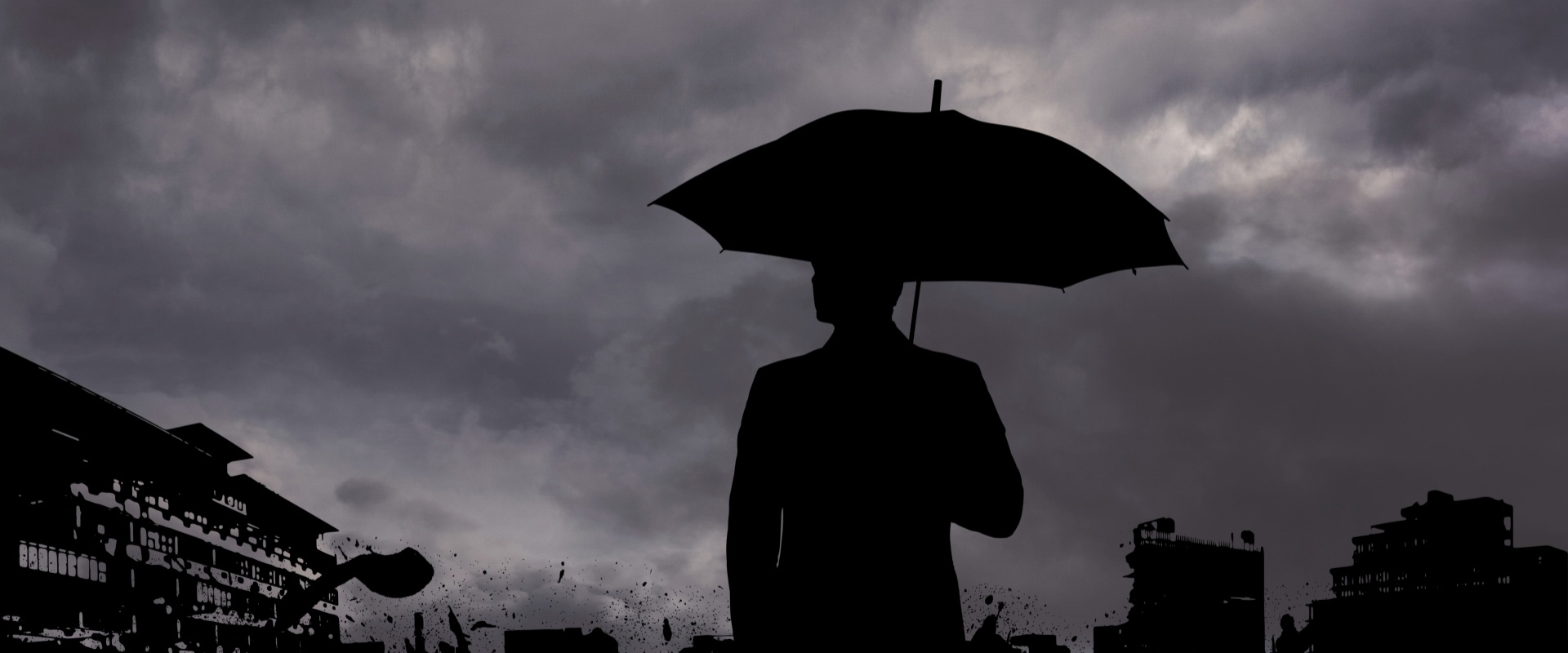Prison Industrial Complex
The Condition in Women's Prisons
by Sara Olson

abolition activism gender movement-building prison-life prison-industrial-complex public-policy
Title XV, the book of regulations that codifies the daily management of California prisons, must be changed to reflect gender differences. Women are not violent. Title XV must be made more gender specific. It’s currently written to apply to violent male prisoners.
When imprisoned, women tend to become depressed or to seek solace in a personal relationship with another prisoner. However, the California department of Corrections (CDC) spreads the news that women are becoming more violent to justify increased imprisonment numbers and more onerous custody classifications.
Despite the fact that violent crime has decreased nationwide over the past decade to a 30-year low, the number of women in U. S. prisons had researched the highest amount ever by 2003; 100,000. In December 2004 the Little Hoover Commission, a state government oversight panel, released a study of California prisons and women prisoners. It came to the conclusion that California’s system spectacularly abuses women. The number of women in California’s state prisons has increased five times since the mid-1980’s.
Today in California, there are 22,000 women, inmates and parolees, whose convictions are for, on the whole, non-violent and drug-related crimes. Because of mandatory sentencing, predatory prosecutors, and a broken parole system that exists primarily as a prison reentry program, female convicts receive no rehabilitation or hope for a successful integration in to free society. Rather than address these problems, CDC policy is almost wholly punitive introducing regulations that restrict personal property, access to programs of any kind and medical, dental or psychiatric care. Even the food is getting worse!
When a prisoner is released she is barred from public housing and most welfare benefits. Ex-felons are barred for life from many well-paying jobs. Parole programs exist, in practice, for one goal: to violate parolees for any reason to keep prison population levels elevated to totals that earn state monies for the “corrections” system. Often, paroled women remain outside for only one day to a week before remand to prison. That’s not their failure. It’s systemic failure, but there’s no government oversight of these failed mechanisms. A bottomless public money pit finances these failures. Parole Department employees have no incentive to perform competently. In fact, success could lead to their redundancy.
The CDC is responsible for the wellbeing of prisoners. Instead, gender-blind rules apply in prisons full of generally low security risk women. Guards act as though they’re constantly in danger of attack from out-of-control inmates. At their training academy, prospective employees learn restraint techniques and methods for maintaining personal safety in the presence of menacing convicts. Then they come to women’s prison and hand out sanitary napkins or tampons and break up catfights between jealous girlfriends. They become lethargic. Those who don’t succumb to lethargy enforce petty rules that, if broken, can result in harsh punishment or even additional time. According to one old-timer, in CCWF’s fourteen-year history, no officer has been stabbed. Only four have been actually jumped and punched. There is no inmate-on-inmate murder, just death by suicide and medical neglect. But the guard’s union, the California Correctional Peace Officers Association, must push the violence quotient because it guarantees jobs.
At Central California Women’s Facility (C.C.W.F.) and its sister prison across the road, Valley State Prison for women (V.S.P.W.) the only major non-gender blind policy is dorm housing. Men are housed two to a cell to prevent fights. Women are housed eight to a cell in a room originally designed for four people. Women who are mutually hostile, mentally ill or lifers and parole violators who approach prison with completely opposite attitudes are thrown together with no regard for compatibility. Elder abuse is rampant. The mentally ill are tossed into the mix while actively hallucinating. However, good behavior yields no rewards. In fact, bad behavior- “acting out”- often gets an inmate what she wants to simply shut her up.
There’s no Honor dorm. Lifers with good behavior records earn nothing for compliance. No rewards mean good behavior is obscured. Thus, no questions are asked about the efficacy of incarceration for inmates well beyond their first parole dates with two or more additional denials from the Board of Prison Terms. The upshot is total dehumanization.
C.C.W.F. opened in 1990. In 1996, CDC surrounded it with and electrified fence. Armed guard towers were added. Within this perimeter, all is secure yet the administration restricts inmates in Close Custody classifications even further. While Close Custody rules for women have always been in Title XV, they weren’t enforced until the mid-1990’s.
Gender specificity is particularly necessary as regards Close A/B designations. CDC has begun to classify more women at the highest custody levels to justify increased population numbers and as an argument to reinforce our imaginary escalating violence. One can be classified Close Custody for length of sentence. The notoriety of one’s case, escape attempts, and several other reasons. Sleeping in someone else’s bunk can constitute an escape attempt. Close Custody achieves more staff positions to “guard” and “count” the “dangerous” criminals. It supports that fallacy that women are predators.
In reality, Close Custody prevents us from being allowed family or conjugal visits and transfers to prisons nearer to families. It creates a gulf between a prisoner and her children and loved ones. However, building that stat’s two largest women’s prisons in an isolated little burg. Chowchilla, hundreds of miles from nowhere quite handily accomplishes that goal.
Women normally plea-bargain their cases. Even for violent crimes, we are usually sentenced as aiders and abettors. Because we are fallen women, our sentences tend to be longer than those for men convicted of the same crimes. When it comes to murder, women primarily kill abusers who have been torturing them for many years.
Public financing for women’s prisons is money misspent. There are alternatives to incarceration. Halfway houses and community-based programs that preserve family unity make more sense. They also operate at a far lower cost. Imprisoning parents tends to pass on a pattern of public institutionalization to the next generation. Children of imprisoned parents are five times more likely to become incarcerated themselves. Our children need us. Women need education, job training, abuse and drug counseling to help with parenting and childcare.
It’s time Californians began to monitor the overall social success story of the institutions that are bankrupting state-funded education, healthcare, and public works. What do they provide the state but increasingly insurmountable bills, a guard’s union with dictatorial influence over government spending and a reputation for one of the biggest, baddest prison systems in the world? A good place to start looking at reform is in the women’s prison system. Develop programs that place female lawbreakers in our communities where we can maintain strong ties with our families and our homes. Help us to learn to become assets to our society, not its outsiders.



